By Jennifer Dorsett
What was farming like 100 years ago?
Brutally hard work with little reward. People ate what they grew and scratched out a living the best they could.
Today, farming and ranching is still tough work that includes early mornings, late nights and long hours in between. But thanks to advances in science and technology, agriculture has made big strides in efficiency. A farmer from 1910 who time-traveled to today would be amazed at the changes.
Farmland values have increased. In 1910, the average value per acre in Texas was $14.53. Adjusted for inflation, that’s $391.76 in today’s dollars.
What a deal! Land today sells for an average of $2,280 in the Lone Star State.
And horsepower had a different meaning then. Although engine-powered tractors were available in the early 1900s, they were too expensive for most farmers. The use of draft horses or oxen remained a popular choice until 1945, when tractors finally outpaced horse power on American farms.
In 1910, it took about 40-50 hours of labor to produce 100 bushels of wheat on five acres.
Since the average Texas farm was 269 acres, that means a Texas wheat farmer would have to put in at least 2,100 hours of labor to make around 5,380 bushels of wheat.
Now, farmers can achieve yields of more than 50 bushels per acre and can grow 100 bushels of wheat in only three hours of labor. That same 269-acre farm might produce 13,450 bushels of wheat today.
That’s two-and-a-half times what a farmer could grow in 1910!
Back then, one farmer could grow enough food to feed around 10 people. Today, one farmer can feed about 165 people. Now, that’s what you call efficient!
Developments in soil science, plant breeding, insecticide and herbicide manufacturing, GPS and so many more disciplines help today’s farmers and ranchers do more with less.
But knowing or being related to a farmer was more common a century ago. Farmers made up 31 percent of the workforce in the early 1900s. Today, less than 2 percent of the U.S. population are farmers.
Some long for the good old days of farming 30 acres and a mule. That’s all well and good. But modern agriculture is more productive and efficient.
Our farmers are growing more with less. And I look forward to the good days still to come and of the great things our farmers and ranchers will continue to do.

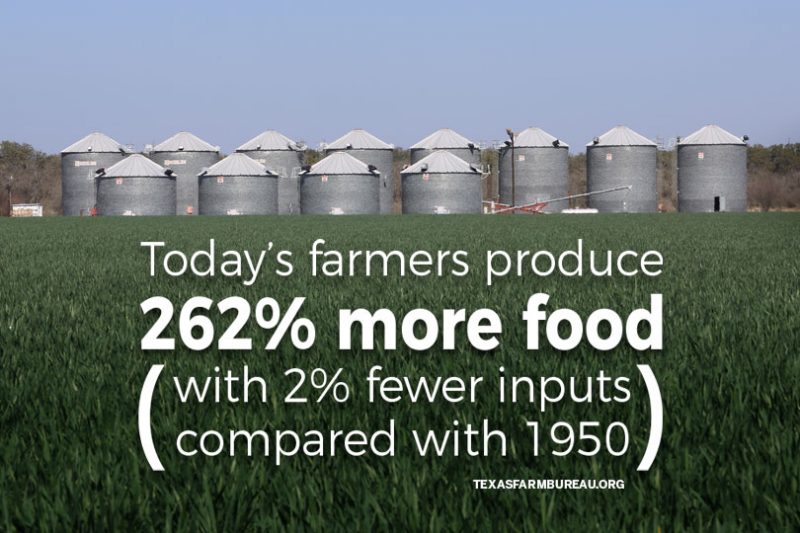
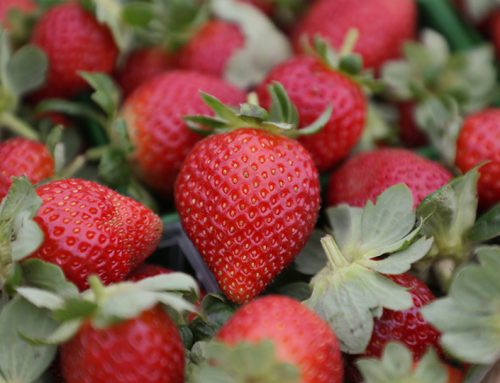
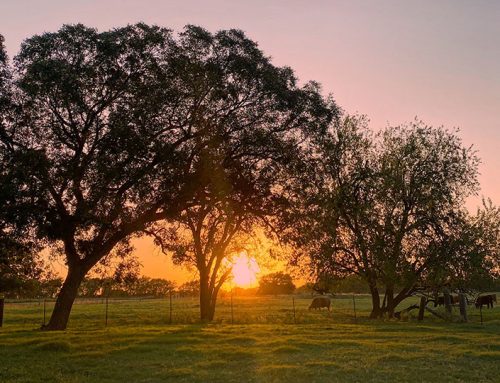
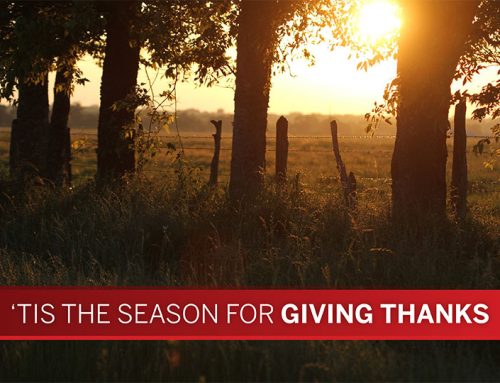
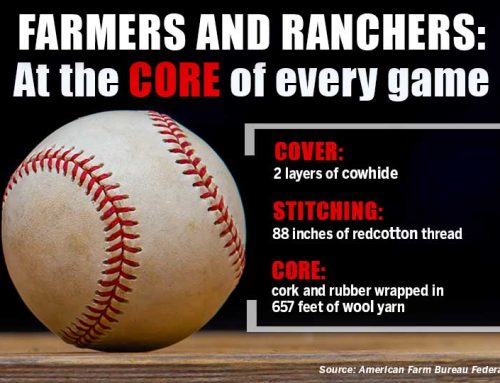
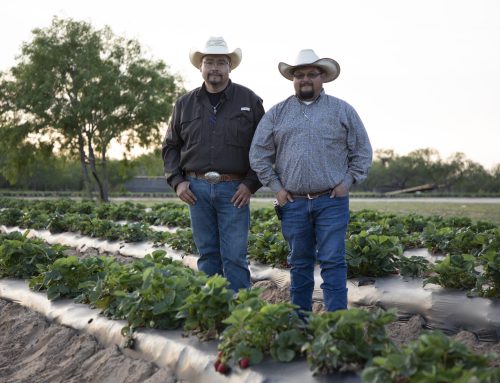




Enjoyed your article. I agree with you. Technology and efficiency has come a long way and has helped a lot in feeding a growing population. However, when will the growth in population surpasse our ability to increase efficiency. In my area, land is being sold and removed from agriculture by hundreds of acres. This concerns me. When will these concerns of my overrid each other.